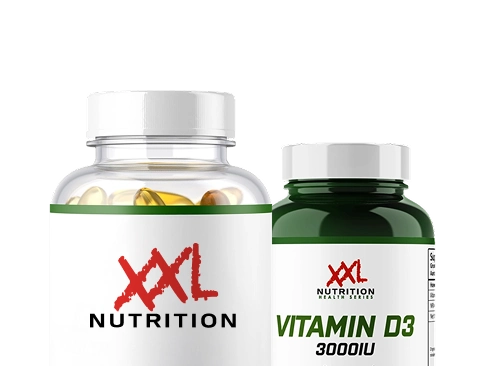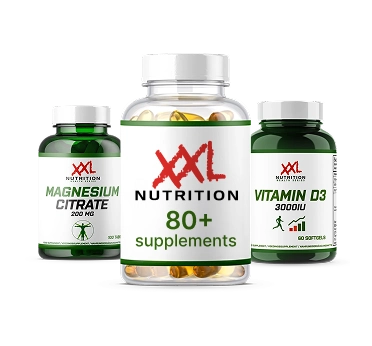Testosterone is the hormone that defines male biology: from sexual function to metabolism. But when levels fall outside the optimal range, the consequences go beyond just decreased performance. Chronically elevated testosterone can silently disrupt sleep, suppress fertility, increase cardiovascular risk, and cause hormonal imbalances that are often mistakenly attributed to other conditions.
In this guide, you’ll learn what normal testosterone levels are, how to recognize symptoms of high testosterone, and what you can do if your body sends warning signs.
Let’s dive in!

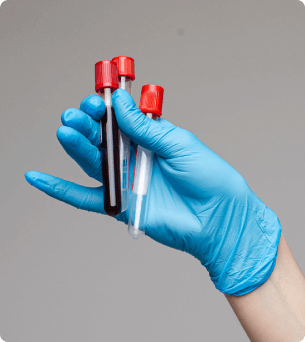
What does testosterone do in men?
Testosterone is a sex hormone primarily produced in the testes. It plays a central role in male biology: it influences muscle growth, libido, fat distribution, mood, energy levels, and cognitive functions.
The effects of testosterone go beyond reproduction; it is also important for metabolism, bone density, and cardiovascular health throughout a man’s life.

Testosterone levels rise during puberty, peak in early adulthood, and gradually decline with age. Additionally, fluctuations occur depending on the time of day, overall health, lifestyle, and laboratory methods.
What is a normal testosterone level in men?
According to large-scale NHANES data, the average testosterone level in healthy men ranges between 540 and 630 ng/dL in the age group of 20 to 39 years. After the age of sixty, this decreases to an average of 390–460 ng/dL. Data from Máxima MC shows that men at 75 years old retain only about 65% of their testosterone compared to their younger years.
Free testosterone – the biologically active portion – normally ranges between 5–21 ng/dL, accounting for only 1–3% of total testosterone. In young men, it typically measures around 12–13 ng/dL, while in men over sixty, it declines to 6–7 ng/dL.
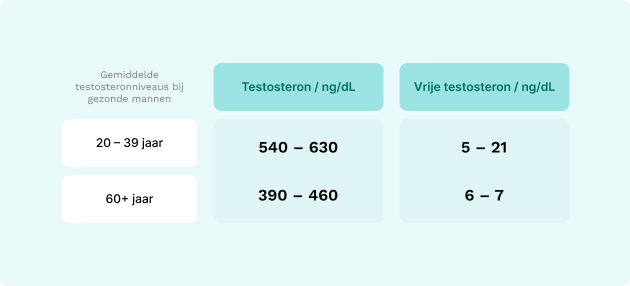
The protein SHBG (sex hormone-binding globulin) regulates how much testosterone is active in the body. SHBG levels increase with age and are also influenced by factors such as overweight, insulin resistance, and thyroid function.
Testosterone follows a circadian rhythm: it peaks in the early morning and declines throughout the day. After your thirties, levels decrease by about 1% per year.


What is a high testosterone level?
While there is no universally defined threshold, testosterone levels above 950–1,000 ng/dL are often considered elevated—especially when accompanied by symptoms such as aggression, acne, or increased muscle mass. In clinical practice, high levels are commonly seen in individuals using anabolic steroids, undergoing testosterone replacement therapy (TRT), or, in rare cases, with certain endocrine disorders.
A high level of free testosterone or a low SHBG level can intensify symptoms, even if total testosterone remains within the normal range.
What Is Considered Low Testosterone?
A low testosterone level (hypogonadism) is typically diagnosed when levels fall below 300 ng/dL, combined with symptoms such as fatigue, low libido, or muscle loss. However, some men with borderline values feel fine, while others may experience symptoms even with slightly higher levels.
In older men, lower levels are sometimes considered normal, but if quality of life is affected, treatment may be worthwhile.



What Does Testosterone Do to the Male Body?
Testosterone not only affects sexual development but also plays a role in muscle growth, fat distribution, mood, and overall health. Below are its key functions:
- Sexual development and function:
Testosterone is responsible for the development of male reproductive organs during pregnancy and triggers puberty during adolescence. It supports:- Deepening of the voice
- Growth of facial and body hair
- Development of the penis and testicles
- Sperm production and fertility
- Libido and erectile function

- Muscle mass and strength: Testosterone stimulates protein synthesis and is essential for building and maintaining muscle mass. Men with low testosterone often experience a decrease in muscle strength and tone.
- Fat distribution and metabolism: Healthy testosterone levels help regulate body fat. Too little testosterone can lead to fat accumulation, especially around the abdomen, and increased insulin resistance.
- Bone density: Testosterone promotes bone growth and maintains bone density. Chronically low levels can lead to bone loss or osteoporosis.
- Mood and cognitive function: The hormone influences mood, energy, memory, and mental clarity. Low testosterone levels are associated with irritability, apathy, and sometimes depression.
- Red blood cell production: Testosterone supports the production of red blood cells. A deficiency can lead to mild anemia, especially when other causes are ruled out.
- Hair growth: Testosterone and its more potent derivative dihydrotestosterone (DHT) regulate the growth of facial, pubic, and body hair. Ironically, DHT is also associated with male pattern baldness.
Testosterone is therefore much more than just a “sex hormone.” It is a system-regulating hormone that supports physical vitality, mental sharpness, and metabolic balance. Whether it’s reproduction or heart health—testosterone is crucial to male health at every stage of life.
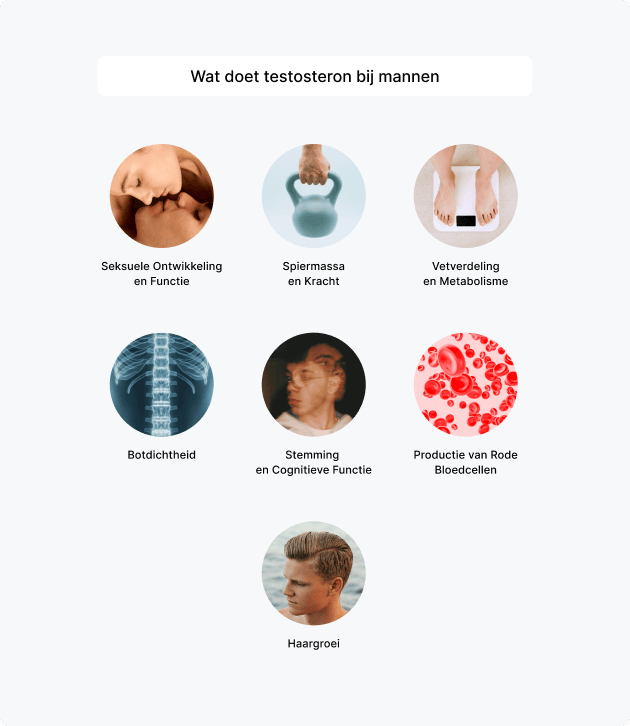
Symptoms of High Testosterone in Men
Testosterone is essential for male physiology. However, when testosterone levels become too high, the positive effects can turn into disruptions. Although low testosterone levels often receive the most attention, chronically elevated levels can negatively affect mood, fertility, heart health, and more.
The most reliable way to detect elevated testosterone levels is through a blood test that measures both total and free testosterone. However, certain physical and behavioral symptoms can provide early warning signs.
Symptoms of high testosterone levels in men can vary but may include, among others:
- Increased aggression or irritability: Sudden mood swings, heightened competitiveness, or more frustration can indicate excess testosterone—especially if your personality noticeably changes.
- Oily skin and acne: High testosterone levels can stimulate sebum production, leading to acne, particularly on the back and shoulders.
- Increased muscle mass and strength: While often seen as positive, rapid muscle growth—especially with anabolic steroid use—can indicate a hormonal imbalance.
- Low sperm production or infertility: Excess testosterone—particularly from TRT or steroids—can suppress natural sperm production.
- Sleep problems: Men with elevated testosterone may experience poor sleep or symptoms similar to sleep apnea.
- Increased libido: A significantly heightened sex drive can occur, but may also lead to impulsive behavior or relationship difficulties.
- Hair loss: DHT, a testosterone derivative, is closely linked to male pattern baldness. Excess testosterone can accelerate hair loss, especially at the crown and temples.
- Enlarged breast tissue (gynecomastia): Ironically, excess testosterone can be converted to estrogen through aromatization, which may cause breast development.




SHBG and Free Testosterone: The Hidden Factors
Even if total testosterone levels are within the normal range, low SHBG (sex hormone-binding globulin) can cause unusually high free testosterone. This can intensify symptoms. Therefore, it is important to measure both total and free testosterone and also evaluate SHBG.
When You Should Get Your Testosterone Tested
It is advisable to have your testosterone tested if you recognize one or more of the symptoms mentioned earlier. Testing is also strongly recommended in the following situations:
- Testosterone therapy: Regular monitoring is crucial to avoid overtreatment and maintain safe levels.
- Use of anabolic steroids or enhancers: These can raise testosterone levels far above normal physiological limits.
- Unexplained physical or emotional changes: Sudden changes in mood, libido, fertility, muscle mass, or appearance may indicate a hormonal imbalance.


For the most reliable results, it is recommended to have your blood drawn early in the morning, when testosterone levels naturally peak. If results are abnormal, additional hormone tests may be necessary to determine the cause.


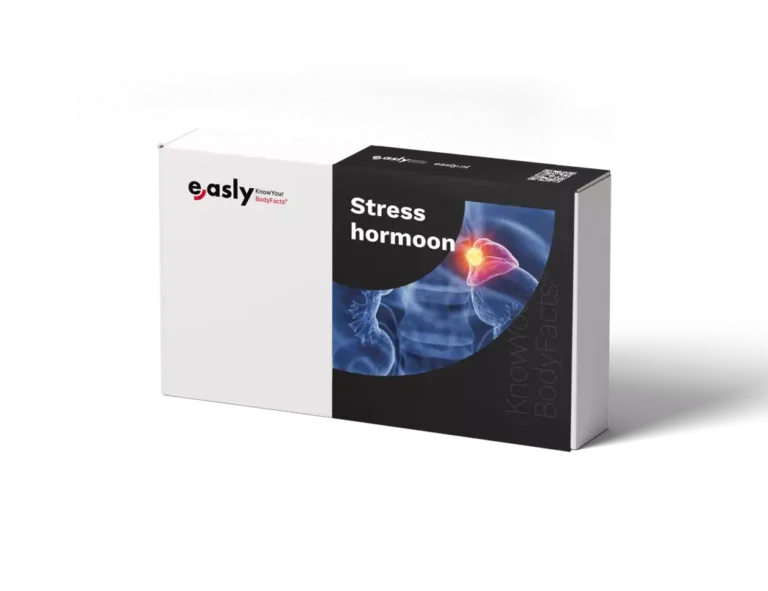
What causes elevated testosterone?
Persistently high testosterone levels rarely occur spontaneously. Most often, they result from external hormone intake, tumors, or disruptions in the body’s hormonal regulatory system. Some common causes include:

Testosterone Therapy (TRT):
TRT involves administering synthetic testosterone. If the dosage is too high or the treatment is not properly monitored, it can suppress natural production through a hormonal feedback loop. This may cause testosterone levels to rise above 1,000 ng/dL. Excess testosterone can also be converted into estrogen, potentially causing side effects such as breast enlargement and fluid retention.
Use of Anabolic Steroids:
Steroids mimic testosterone but often bind more strongly to androgen receptors, causing exaggerated physical effects. The body responds by shutting down its own testosterone and sperm production, which can lead to testicular shrinkage, mood swings, and increased cardiovascular health risks.
According to research, between 3 and 4 million Americans—mostly young and middle-aged men—have used anabolic steroids at some point. Often, the goal is a more muscular appearance rather than athletic performance. This accounts for a large portion of testosterone excess cases in practice.
Adrenal or testicular tumors:
Tumors in the adrenal glands or testicles can produce testosterone or its precursors independently, bypassing the body’s hormonal regulation. This can lead to chronically elevated testosterone levels and symptoms such as early puberty or hormonal imbalance.

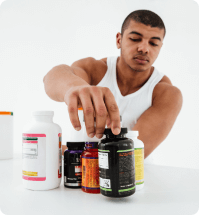
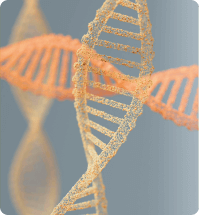
Genetic or congenital conditions:
In congenital adrenal hyperplasia (CAH), the body cannot produce cortisol, causing hormone precursors to be converted into testosterone. In androgen insensitivity syndrome, the body responds insufficiently to testosterone, leading to overproduction as a compensatory mechanism.
Low SHBG (sex hormone-binding globulin):
SHBG regulates how much testosterone is freely available. When SHBG levels are low—often caused by obesity, insulin resistance, or thyroid problems—the free testosterone increases. This can cause symptoms even if total testosterone levels are normal.
Testosterone-boosting supplements:
Supplements such as DHEA, tribulus, or ashwagandha can increase testosterone levels, either directly or by stimulating LH (luteinizing hormone). Although the effect is usually mild, prolonged or high-dose use in sensitive individuals may lead to elevated testosterone levels.

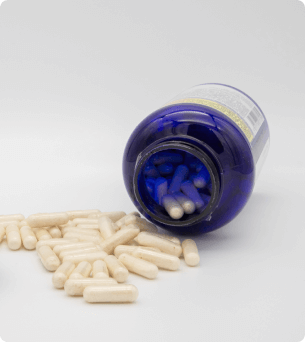
Important: Elevated free testosterone — regardless of total testosterone levels — has been associated with an increased risk of high hematocrit, hypertension, prostate cancer, and male pattern baldness. This is based on long-term data from over 160,000 men in the UK Biobank, published in a Mendelian randomization study on lifelong exposure to testosterone.
This highlights the importance of measuring free testosterone as soon as symptoms arise.
What to do if men have too much testosterone
Addressing elevated testosterone levels is not just about lowering a number. It’s about restoring hormonal balance, protecting long-term health, and identifying the underlying cause. Whether it concerns TRT, steroid use, or a medical condition, the following steps form a clinically supported approach.

1. Identify the cause
The first step is to determine what is causing the increase. In most men, elevated testosterone is due to:
- Overdosage in testosterone therapy (TRT) or use of anabolic steroids
- Use of testosterone-boosting supplements
- Medical causes such as tumors or low SHBG levels
A comprehensive hormone analysis should at least include:
- Total and free testosterone
- SHBG
- LH and FSH (pituitary hormones)
- Estradiol (an indicator of estrogen conversion)
These values provide insight into whether the excess originates from within the body (endogenous) or from outside sources (exogenous), such as supplements or medication.


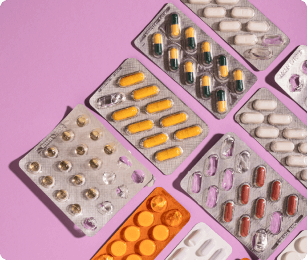

2. Adjust or discontinue testosterone exposure
If you are using TRT, your doctor may lower your dose, adjust the method of administration, or temporarily stop the treatment. For steroid users, it is important to gradually discontinue use under medical supervision to avoid hormonal imbalances and side effects.
If supplements are contributing to the increase, stopping them is often sufficient. Keep in mind that some supplements may continue to have effects for weeks, especially if they influence other hormone pathways such as LH.
3. Investigate and treat underlying conditions
If elevated testosterone is not explained by medication or supplements, further investigation is necessary.
- Adrenal or testicular tumors can be detected through imaging techniques such as ultrasound, MRI, or CT scan. If present, treatment may involve surgery or endocrine therapy.
- Low SHBG, which often occurs with obesity and insulin resistance, can be improved by addressing the underlying metabolic issues. This includes weight loss, healthier nutrition, and better blood sugar control.
4. Keep an eye on health risks
Prolonged elevated testosterone levels can increase the risk of:
- Acne and oily skin
- Fertility problems due to suppressed sperm production
- Sleep apnea and mood disorders
- Thickening of the blood (polycythemia), which increases the risk of stroke
- High blood pressure and chronic strain on the cardiovascular system
Due to these risks, regular blood tests and follow-up are essential. Treatment may also focus on managing secondary symptoms (such as acne or hair loss), in addition to addressing the underlying cause.
5. Avoid DIY hormone adjustments
Experimenting with “oestrogen blockers”, extreme diets or online hormone protocols can do more harm than good. Hormones are a sensitive system. Only a qualified healthcare professional can safely make adjustments.

Conclusion
Elevated testosterone in men is not a harmless fluctuation. Whether caused by testosterone therapy (TRT), anabolic steroid use, or underlying medical conditions, persistently high testosterone levels can impair fertility, cause mood disorders, and increase the risk of cardiovascular diseases.
A proper diagnosis goes beyond measuring total testosterone levels alone. A comprehensive hormone panel—including free testosterone, SHBG, LH, and estradiol—is crucial to identify the cause and determine an appropriate treatment plan.
Once the cause is identified, treatment should focus on lowering the levels, restoring hormonal balance, and minimizing long-term health risks. Early testing with the Easly home test and proactive action can make a significant difference—especially when symptoms are already noticeable.
Sources:
- National Center for Biotechnology Information. Pmc6735742.
- Máxima MC. Testosterontekort.
- Dr. Emin Ozbek. Total and free testosterone.
- National Center for Biotechnology Information. (2025). Pmc2681273.
- Selph. What you need to know about high testosterone.
- Cleveland Clinic. Low testosterone (male hypogonadism).
- Harvard Health Publishing. Testosterone—what it does and doesn’t do.
- National Center for Biotechnology Information. Pmc11807418.
- Easly. Hormonen testen: mannen hormonen.
- Medical News Today. Signs of high testosterone.
- National Center for Biotechnology Information Bookshelf. Nbk538174.
- National Center for Biotechnology Information. Pmc7591257.
- Easly. Gezondheid mannen.
- Easly. Bloedtest op aanvraag.





